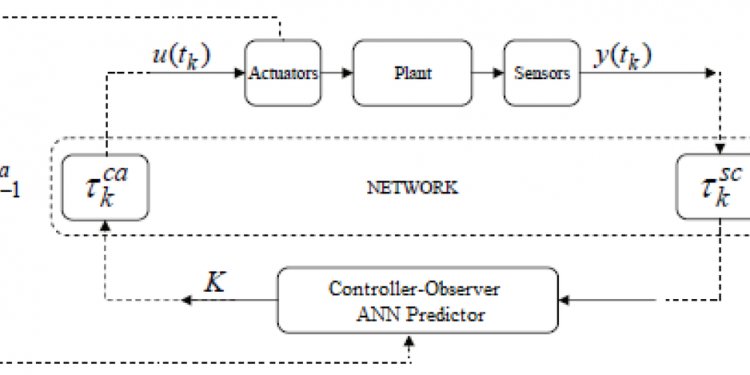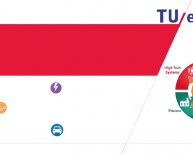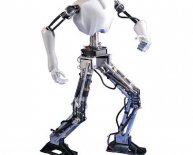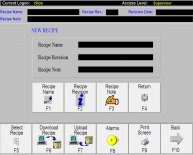
Nise N.S. Control Systems Engineering
| schedule | 2016-2017 academic year, Fall 2016: 26 Sep - 22 Dec 2016
|
| classes | Mon 8:30-10:00 (room 8), Tue 8:30-10:00 (room 40), Thu 8:30-10:00 (room 33), Fri 8:30-10:00 (room 24)
|
| office hours | Tue 12:00-13:00, office A212, DIAG, Via Ariosto 25 (only during the first semester)
|
| course website |
In case of different news, I will update this message.
Audience
This 9-credit module is primarily offered to students of the Laurea Magistrale in Ingegneria Meccanica (MMER) of the Facoltà di Ingegneria Civile e Industriale of Sapienza University of Rome.
Objective
This course provides some basic tools for the analysis and control of linear systems.
Syllabus
Analysis of linear systems:
Linear dynamical systems. Free evolution (Zero Input response). Asymptotic stability and Routh criterion. Forced evolution (Zero State response). Steady-state and frequency response. Bode diagrams. Interconnected systems. Stability of feedback systems: Nyquist criterion.
Structure and requirements in the design of control systems:
Compensation and feedback in automatic control examples, structure and fundamental properties. Precision. Steady-state error. Disturbance rejection and attenuation. Transient response. Performance analysis and sensitivity functions.
Frequency domain design techniques:
Elementary compensators and their realization. Design of compensators based on Bode diagrams. Loop shaping.
Root locus design techniques:
Root locus and its sketching. Stabilization of minimum-phase systems. Design of minimum-dimension controllers.
Direct design techniques:
Design by pole assignment.
State space design techniques:
Structural properties: reachability and observability. Structural decompositions. Eigenvalue assignment. Stabilization via state feedback. Asymptotic observer. Separation principle. Detectability and stabilization via output feedback.
Stability of nonlinear systems:
Stability definitions according to Lyapunov. The direct method of Lyapunov. Invariant set theorems. The indirect method of Lyapunov.
Examples:
Examples of application. Design and simulation of control systems via MATLAB/Control System Toolbox and Simulink.
Reference material
-
Other sources: - G. F. Franklin, J. Da Powell and A. Emami-Naeni, Feedback Control of Dynamical Systems, Prentice Hall, 2011.
- R. Dorf, R. Bishop, Modern Control Systems, (international edition), Prentice Hall, 2005.
- N.S. Nise, Control Systems Engineering, (international student edition), John Wiley, 2011.
- A. D. Lewis, A mathematical approach to classical control, 2003 - online version (not all the chapters are within the scope of this course).
- K. J. Astrom and R. M. Murray, Feedback systems: an introduction for scientists and engineers, Princeton University Press, 2008 - online version (not all the chapters are within the scope of this course).
- It's a suggested reading (the book introduces most of the fundamental ideas of control through interesting examples and in an almost math-free context).
Supplemental material
Some interesting links
- The Impact of Control Technology - 2nd Ed (from the IEEE Control Systems Society website): it is always interesting to see how this "hidden technology" finds more and more advanced applications in the real world.
There will be extra classes on: xx/xx/xx, xx:xx-xx:xx room xx To see what we do at the DIAG Robotics Lab visit the YouTube channel RoboticsLabSapienza
Seminar: "Controllo di un elicottero quadrirotore" Ing. Marco Cognetti - DIAG
Exams
Future exams
(due to the large number of students, it is essential to know in advance how many students will attend the exam, this requires that the reservations close some days before the actual exam)
Last minute variations are possible, please always check the webpage
Recall that nothing will be provided so please bring your own paper, lead/lag functions and semilog paper.
from 12:30 to 13:00 (A212 - Via Ariosto)
I need a decision (acceptance or not) of the grade by November 10.

















